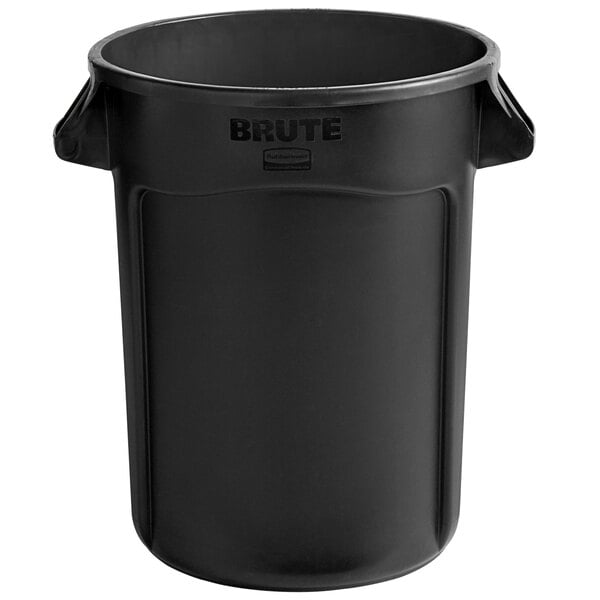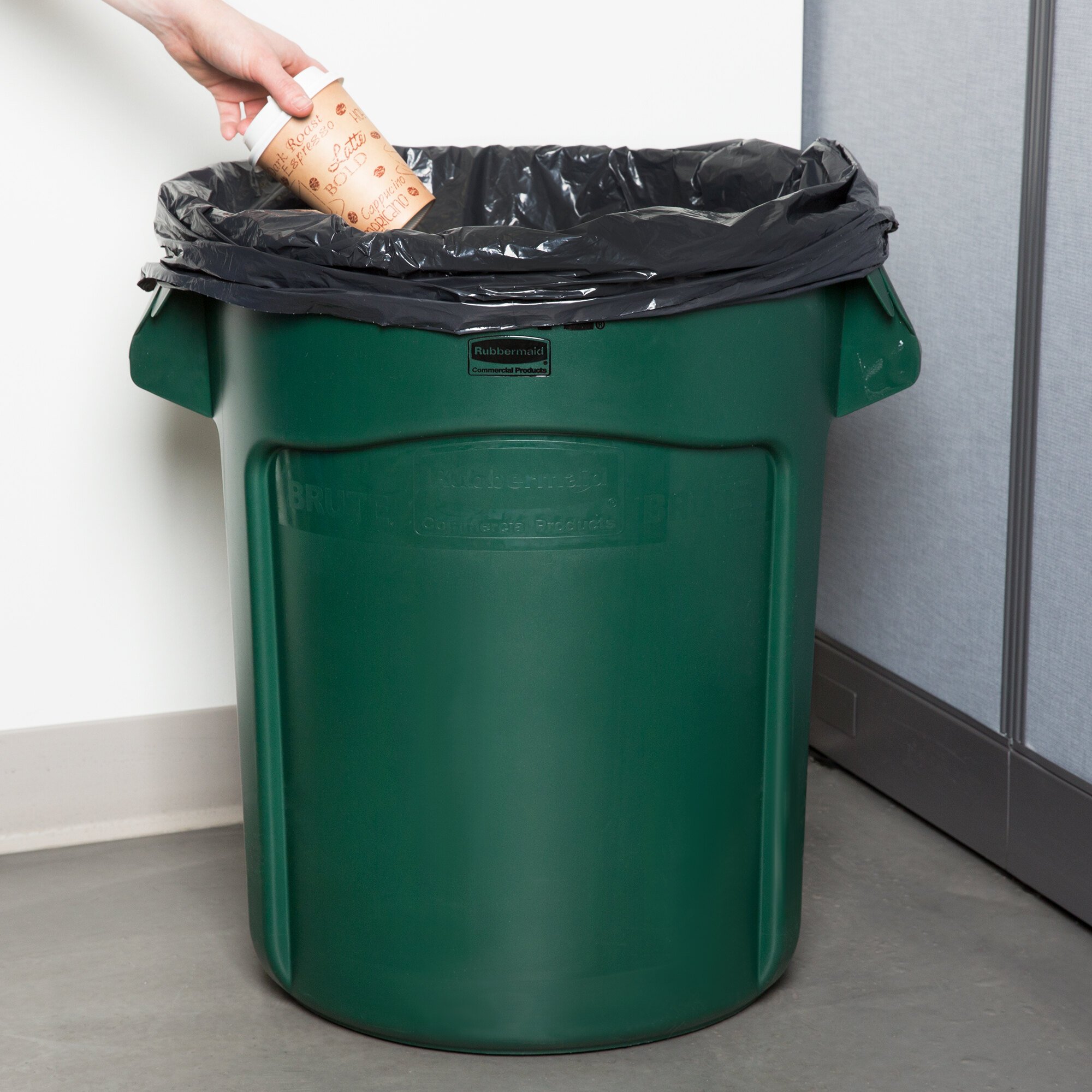
One of my big pet peeves is photographers who cannot edit themselves. And this time round, I kept many more of her than I usually do just because she is SO DAMN CUTE. Usually a group of 200 photos will go down to 50, or LESS. Meaning, ONLY keeping the very best photos.

I also do another REALLY REALLY TOUGH EDIT. I do all my hardcore editing in Photoshop: cropping, color correction, levels, remove blemishes, play around with the color (my favorite thing lately if you haven’t noticed), move to black and white, add vignetting, etc.ġ0. That’s how I know which ones to trash later.ĩ. If I am not going to keep a file, I don’t do anything to it and just close it. I then take the exported files, 10 at a time, into Photoshop. On the other side of the path – If the photos need major editing, I export them as I mentioned above without editing in iPhoto. While I am exporting, I make it sequential for the name of the event.Ĩ.

A folder that exists solely to be a temporary influx and outflux (is that a word?) for my photos. Since I shoot in RAW, I can export out to a transfer folder I have on my hard drive. Sidenote: I know there is supposed to be a export tool straight from iPhoto to Flickr, but the one I found is wonky. If the photos are done, I will export the ones I like up to Flickr. I will crop, lighten, straighten, remove red eye, and do all the basic editing functions iPhoto provides.Ħ. If the photos are not “special” to me, or don’t need a bunch of editing, I will keep them in iPhoto the whole way. Take a second pass through the event in edit mode. Take a first pass through the event and delete all the really crappy shots.ĥ. Split and/or merge the photos into events if they didn’t auto-split appropriately to begin with.Ĥ. I am gonna to give a brief (HA!) overview of how I generally organize myself when editing my photos in post-production and I welcome any ideas on who to make the process better, tricks that your use, or generally, any suggestions you may have. (Especially remembering the fact I am first and foremost a graphic designer, so Photoshop is second nature.)

Basically wondering how many hours I waste by doing things the stupid way because I am just doing it the way I am comfortable. I certainly don’t make a ton of money at it and many of my photo shoots are still ones where I force myself upon our friends, like the photos of 3 month old Keely, below.īut I am struggling with the process, yo.
Picasa force empty trash can how to#
(You can likewise discharge the Trash from any open Finder window by holding down the order and move keys and squeezing erase.) How to force empty trash on macExhausting the junk is typically adequate to dispose of the files you don’t need any longer.I am starting to walk the line between infatuated mommy who snaps a million photos of her child and person who gets paid to snap a million photos of other people’s kids. Instructions to emptying trash on MacSnap and hang on the Trashcan symbol in the Dock.A popup will appear that says Empty Trash. To use this thing, first drag it out of the Trash.” You can review things in the Trash, however.To erase everything in the Trash, right-tap the container symbol and select ‘Purge Trash’, or in Finder, tap the Finder drop-down menu, at that point ‘Discharge Trash’.

Picasa force empty trash can mac os x#
You’ll have to haul a file out of the container to have the capacity to double tap it and open it up generally Mac OS X will state “The record can’t be opened because it’s in the Trash. To erase a file from your Mac, drag its symbol on to the Trash symbol, situated at the furthest right of the Dock bar (which as a matter of course sits along the base of your screen, yet can be moved somewhere else).‘Destroyed’ things haven’t been erased yet – they sit in the canister holding up to be erased or reused.To get something pull out of the junk, left-tap the container symbol, and a folder will appear containing all your binned files.


 0 kommentar(er)
0 kommentar(er)
